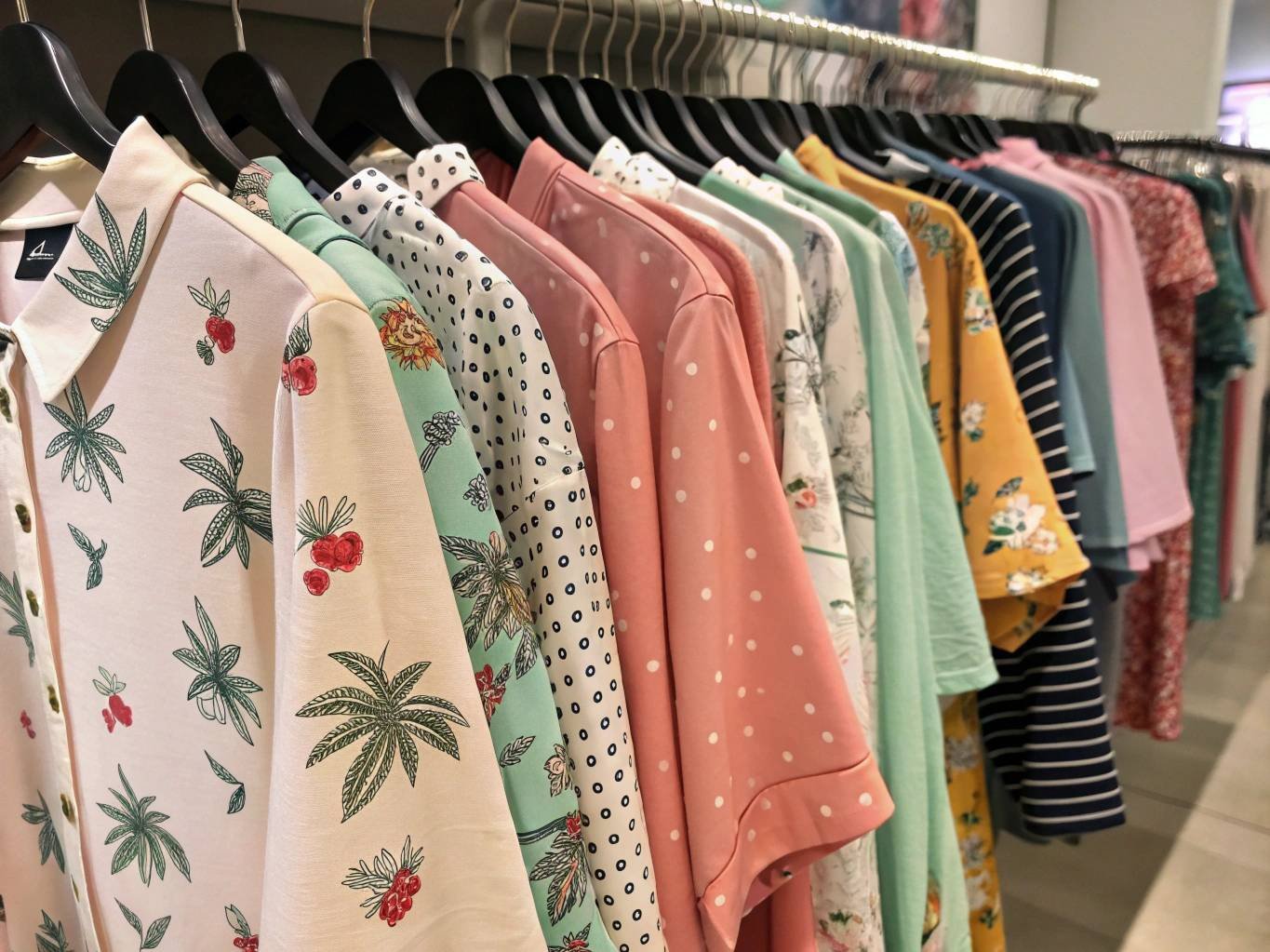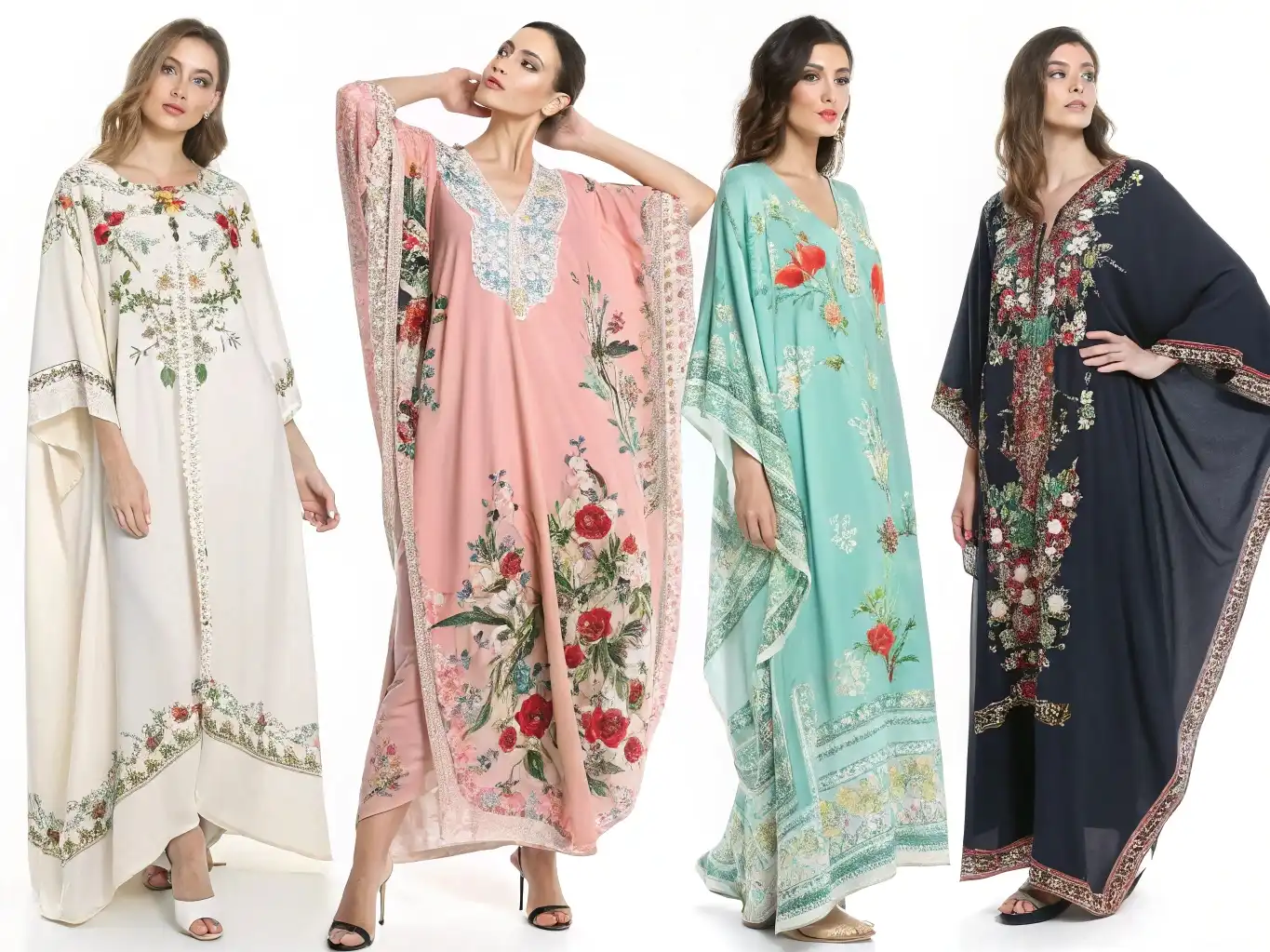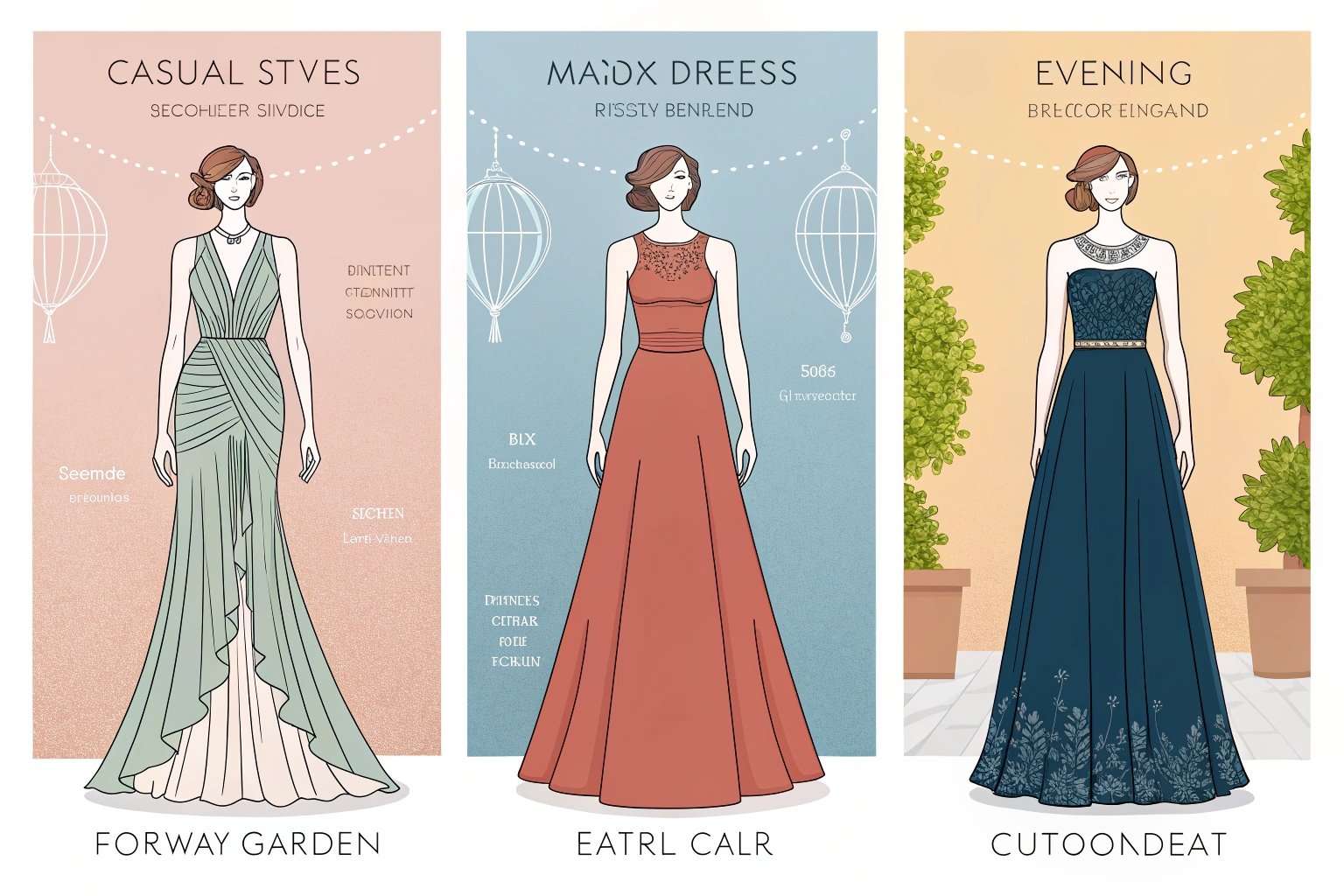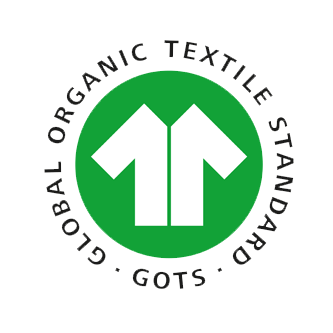When planning a new clothing line, one of the first questions I always get asked is: “How long does it actually take a manufacturer to make clothes?” Production timelines can vary widely—and understanding the factors behind those timelines is essential for any brand owner.
The time it takes a manufacturer to make clothes depends on material availability, design complexity1, order quantity, and the type of clothing line. Most production cycles for clothing lines range from 3 weeks to 3 months, depending on these variables.
Knowing the reality behind each stage will help you manage expectations, budget better, and avoid costly delays. Let’s dive deep into the production timeline, from sourcing fabric to shipping finished garments.
What Factors Affect the Production Time for Clothing Manufacturers?
Several variables influence how quickly your clothes are made. It’s rarely just a matter of “placing an order and waiting.”
The main factors affecting production time are fabric/material sourcing, design complexity, order size, factory capacity2, and type of clothing line. Delays at any stage can push your delivery date back.
 Textile Warehouse
Textile Warehouse
How Do Fabric Sourcing and Material Availability Impact Timelines?
If the factory has the required fabric and trims in stock, your order moves forward quickly. However, if specialty fabrics, custom prints, or trims must be ordered, sourcing alone can add 2-6 weeks to your lead time.
For basic items in popular colors, turnaround is much faster. But if your design uses custom-made textiles, imported hardware, or rare accessories, expect longer waits.
Why Does Design Complexity Increase Manufacturing Time?
Simple t-shirts or hoodies take less time than detailed dresses, jackets, or pieces with embroidery, custom patterns, or unique construction. Each added detail means more sampling, testing, and careful assembly.
If your collection requires special dyeing, printing, washing, or handwork, those processes introduce additional steps and approvals. Complex designs often require multiple sample rounds before bulk production can start.
What Is the Average Timeframe for Clothing Production?
Buyers and designers always want concrete numbers. Here’s what you can expect for most standard orders:
Typical garment manufacturing lead times range from 21 days (for simple, small runs) to 90 days or more for large, complex or highly customized orders.
Below is a table that summarizes common timelines:
| Order Type | Estimated Production Time |
|---|---|
| Simple styles, small run (≤300 pcs) | 3-4 weeks |
| Standard brand order (500-3000 pcs) | 5-8 weeks |
| Large-scale or complex order | 8-12 weeks+ |
Keep in mind, these numbers assume fabrics are ready and there are no unforeseen disruptions.
How Long Does It Take to Produce a Small Clothing Line?
For startups or capsule collections (50-300 units per style), factories can sometimes complete production in 3-5 weeks. This is especially true for basic cuts, if materials are in stock.
However, if you require custom fabrics3, special branding, or multiple rounds of sampling, expect 5-8 weeks.
What Is the Typical Timeline for Large-Scale Clothing Orders?
For larger brands ordering 1,000 units or more per style, and for designs with greater complexity, timelines are longer. Production can take 2-3 months, especially if the factory is operating at high capacity or dealing with peak season demand.

How Do Clothing Manufacturers for Clothing Lines Manage Production Stages?
Every garment passes through several core stages before it ships to your warehouse. Understanding these steps gives you leverage to spot delays early.
The main production stages4 are: sample development, fabric sourcing, bulk production (cutting, sewing, finishing), quality control, and packing.
What Steps Are Involved in Sampling and Prototype Development?
Sampling is where your sketches become real. Here’s the process in brief:
- Pattern development and tech pack review
- First sample (proto) for fit and construction check
- Corrections and second/third sample rounds as needed
- Pre-production sample (PPS) for final approval
This phase can take 2-6 weeks, depending on complexity and how quickly you provide feedback.
How Much Time Is Spent on Cutting, Sewing, and Finishing Processes?
Once fabrics arrive and samples are approved, factories move to bulk production:
- Cutting fabric to patterns
- Sewing garment pieces together
- Adding trims, labels, prints, embroidery, or other details
- Finishing processes (washing, ironing, folding)
For basic styles, these steps might take only a week or two. For more advanced garments, it can be a month or longer.
How Do Different Types of Clothing Lines Affect Production Speed?
Not all brands are created equal. Fast fashion companies and premium designer labels have very different timelines.
Why Do Fast Fashion Lines Have Shorter Production Timelines?
Fast fashion lines are designed for speed. They use in-stock fabrics, simple cuts, and highly automated production lines. This allows them to go from concept to finished product in as little as 2-3 weeks.
Because the emphasis is on quantity, repetition, and current trends—not high-end craftsmanship—there’s less sampling, less customization, and more parallel processing.
How Do Premium or Custom Clothing Lines Take Longer to Produce?
Premium, luxury, or highly customized lines take more time because of:
- Unique fabrics and trims
- More sampling rounds and detail adjustments
- Small-batch handwork or special finishing
- Higher quality control standards5
These orders may require multiple prototype revisions and additional approvals at every stage.
How Can You Speed Up the Clothing Manufacturing Process?
Every brand wants their products delivered faster. Here’s how you can help ensure a smooth, fast production:
List: Top Strategies for Speeding Up Production
- ✅ Choose in-stock or locally available fabrics
- ✅ Provide complete, detailed tech packs and artwork up front
- ✅ Approve samples quickly and clearly
- ✅ Consolidate designs and order in fewer, larger batches
- ✅ Build long-term relationships with trusted suppliers
How Does Choosing Local vs. Overseas Clothing Manufacturers Impact Lead Times?
Local (domestic) manufacturers generally offer shorter lead times because shipping, customs, and language barriers are minimized. Overseas suppliers—especially in Asia—may offer better prices, but shipping alone can add 2-6 weeks.
For brands with tight launch dates, domestic production can be worth the extra cost.
What Are the Best Practices for Reducing Delays in Clothing Production?
Communication is key. Make sure all design files, samples, and approvals are delivered quickly. Plan for the unexpected—factor in buffer time for potential issues. Maintain clear timelines and follow up with your manufacturer at every milestone.

What Should You Expect in Terms of Shipping and Delivery Time?
Production is only half the battle. Shipping and customs clearance can add days—or even weeks—to your launch calendar.
How Long Does International Shipping Add to the Overall Timeline?
Here’s a typical shipping estimate by region:
| Shipping Method | Additional Time to Delivery |
|---|---|
| Air Freight (USA-EU/Asia) | 4-10 days (plus customs clearance) |
| Sea Freight (USA-EU/Asia) | 3-6 weeks (plus customs) |
| Domestic Trucking | 2-5 days |
Remember, sea freight is cheaper but much slower than air. Customs delays can add unpredictability, especially during global events or peak shipping seasons.
How Can You Plan Your Clothing Line Launch Around Manufacturing Lead Times?
The most successful brands plan backward from their launch date. I always recommend:
- Add up the maximum lead time for sampling, production, and shipping
- Build in a buffer (10-20%) for unexpected issues
- Avoid last-minute changes to designs or order quantities
- Keep in close contact with your supplier—ask for weekly updates
List: Key Questions to Ask Your Manufacturer
- What is your standard lead time for this order type?
- Are all fabrics and trims in stock, or do they need to be ordered?
- What is your factory’s current production schedule?
- What shipping methods do you recommend for my timeline?
- How quickly can you ship approved samples and bulk orders?
Conclusion
Production timelines for clothing lines depend on fabric sourcing, design complexity1, order quantity, and the manufacturer’s process. Most orders take between 3 and 12 weeks, with shipping and sampling adding extra time. Careful planning, strong communication, and choosing the right partners make all the difference in meeting your deadlines.
-
Learn why intricate designs can slow down your production process. ↩ ↩
-
Understanding factory capacity can help you choose the right manufacturer. ↩
-
Find out how custom materials can extend your production timeline. ↩
-
Get a detailed overview of the steps involved in producing garments. ↩
-
Understand the importance of quality control in ensuring product excellence. ↩









